Welcome to a journey where safety meets practicality in the world of work equipment. We often perceive our workplaces as controlled environments; however, lurking risks can pose significant threats, especially in industries like construction, transportation, and healthcare. The efficiency of protective clothing, though, has been a game-changer in mitigating these threats. Yet, does all protective work gear offer the assurance we need in these risky situations?
In this article, we'll turn the spotlight on impact-resistant work gear – a specialized type of personal protective equipment (PPE) that is designed to understand its integral role in injury prevention and overall safety. This type of gear has the potential to make a world of difference in safeguarding employees from a broad array of occupational hazards. Buckle up as we dive deeper into the importance of impact-resistant work gear in the realm of occupational safety.
Prevalence and Nature of Work-Related Injuries
The modern workplace, while embracing safety and health protocols, is still far from being an injury-free environment. One just has to look at the data to understand the gravity of the issue: in 2020 alone, nearly 102,350 private-sector hand injuries were recorded. The Bureau of Labor Statistics (BLS) reports that the upper extremities, which notably include the hands, account for a significant 31.9% of all workplace injuries.
Evaluating the nature and extent of these injuries reveals an even more concerning reality. As per BLS data from 2017, almost 18% of the reported 121,000 hand injuries resulted in the affected employee being away from work for 30 or more days. This indicates not only the severity of these injuries but also underscores the considerable loss of productive work hours.
Drilling down into the causes of these injuries offers potential avenues for prevention. The major culprits are impacts, cuts, and abrasions. In fact, when scrutinizing the data further, we find that cuts, lacerations, and punctures were the largest sources of workplace injuries in 2018.
But let's interpret these data points in simple terms. It tells us two clear facts:
- Workplace injuries disproportionately affect the hands and the upper body.
- These injuries are most often caused by cuts, impacts, and abrasions, therefore drawing attention to potential issues with workplace safety standards and practices.
Given this alarming prevalence and nature of work-related injuries, it's crucial for employers to reassess and intensify their efforts towards ensuring worker safety. After all, safeguarding employees' health is not simply an ethical obligation—it's a crucial factor in maintaining a productive and motivated workforce.
The Role of Personal Protective Equipment (PPE) in Injury Prevention
In the landscape of safe operational practices, Personal Protective Equipment (PPE) stands out as one of the most vital aspects that workers cannot afford to ignore. Covering everything from hard hats to gloves and goggles, PPE serves a dual purpose - not only does it actively protect the wearers, it also symbolizes an unyielding commitment to worker safety. Even more impressively, PPE has shown a remarkable efficacy in preventing debilitating injuries, reinforcing its indispensable role in fostering a safer working environment.
Delving into the realm of data, the effectiveness of PPE in mitigating hazards becomes even more pronounced. The Occupational Safety and Health Administration (OSHA) reports that approximately 70.9% of hand and arm injuries, for instance, could have been prevented with PPE. Similarly, the Bureau of Labor Statistics (BLS) throws into the spotlight the importance of cut-resistant gear - a key component of PPE, indicating that close to 76% of hand injuries would not have occurred if workers had been properly kitted out with this essential kit.
Further strengthening the case for the adoption of PPE, studies have shockingly revealed that up to 70% of victims of workplace accidents were not wearing gloves at the time of their injury. This fact underscores the critical need for maintaining strict adherence to PPE guidelines. Given the protective role of gloves, it is clear that many of these unfortunate incidents could have been avoided.
Understandably, rising to the challenge of ensuring PPE compliance can feel like a daunting task. However, considering the overwhelming evidence at hand, promoting the use of PPE is no longer simply optional - it's a life-saving policy.
So, what's the take-home message here? PPE isn't just about complying with regulatory requirements. At its core, it's about safeguarding the health and lives of workers. As we forge ahead in our relentless quest for a zero-injury workplace, the simple act of donning PPE must be one of the safety mantras guiding our path.
Understanding Impact-Resistant Gear and Its Importance
In the world of personal protective equipment (PPE), impact-resistant gear is an unsung hero. It acts on the front lines, absorbing shock, warding off injuries, and maximizing safety for users. Impact-resistant gears are crucial in various industrial contexts such as construction, mining, and manufacturing, but they also find applications in sports and outdoor activities.
Based on their force absorption capabilities, these gears are categorized from level 1 to 3 as per ANSI/ISEA 138-2019. Let's delve into the world of impact-resistant PPEs, with a particular focus on safety glasses and impact-resistant gloves.
Safety Glasses
The eyes are one of the most vulnerable parts of the human body. Yet, they are essential for almost every activity in daily life and at work. That's why protecting them with safety glasses is critically important.
These glasses are far from ordinary. They are meticulously engineered to shield your eyes from flying debris, dust, and harmful UV-rays. Imagine you're working on an industrial site with sparks flying around, or perhaps your job involves frequent running machinery that kicks up fragments. Wearing safety glasses can make a significant difference between maintaining healthy eyesight and suffering permanent eye damage.
Impact-Resistant Gloves
Our hands are generally the first point of contact in most work tasks, making them very much prone to injuries. Thus, impact-resistant gloves have been designed to protect these vital tools. Made with rugged and durable materials like Thermoplastic Rubber (TPR), these gloves offer impressive resistance to punctures and cuts. So, whether you're handling rough material or heavy machinery, your hands remain protected while keeping your grip firm and steady.
Just as the right gear improves safety and efficiency on-site, the use of impact-resistant gloves ensures optimal performance without compromising safety. The key is to choose the correct level of protection based on the nature of the job. Be sure that your gear not only meets but exceeds the minimum safety standards for absolute peace of mind.
In essence, impact-resistant gear forms a formidable fence against potential hazards, ensuring your safety at every step, and every touch. To disregard its importance would be a true disservice to the spirit of safety at the workplace.
The Impact and Benefits of Impact-Resistant Gear
Step into any construction site, manufacturing plant, or high-risk working environment, and you will almost always see workers sporting impact-resistant gear of some kind. This act isn't just a reflection of adherence to safety laws but a testament of the immense value of Personal Protective Equipment (PPEs). With PPEs, companies can minimize downtime due to injuries, enhance productivity, and even boost morale, proving that strategic safety measures pay off in many ways. This section aims to discuss the key benefits of utilizing impact-resistant gear and why it should be a mandatory practice in high-risk working conditions.
Impact-resistant gear, like hard hats, goggles, armor, gloves, et cetera, primarily serve as a protective shield between the worker and potential hazards in the workplace. According to the Health and Safety Executive (HSE), PPE can reduce workplace injuries by a whopping 90%. The stats drive home the efficacy of these safety measures, demonstrating how they make the difference between safety and disaster.
Even for tasks that may not seem overtly dangerous, protective gear adequately safeguards the most vulnerable areas. Take, for instance, our eyes which can be easily compromised despite their relatively small surface area. Almost 90% of workplace eye injuries can be prevented with the simple act of wearing protective, impact-resistant glasses. The staggering statistic underscores the significant role these glasses play in fostering a safer work environment.
Another note-worthy benefit is the enhancement of productivity. When workers are less worried about potential injuries, they can concentrate more on the tasks at hand, leading to higher productivity levels. Moreover, PPE also minimizes downtime since fewer injuries mean fewer workers off-duty for recovery. This continuity is especially critical in high-risk work environments where a high workforce capacity is necessary for efficient operations.
Lastly, the use of PPE can markedly decrease the risk of injuries in hazardous environments like construction sites and manufacturing plants. Protective gear, properly used and implemented, serves as a valuable first line of defense against common workplace hazards - from sharp debris and potentially hazardous chemicals to dangerous machinery. It goes without saying that no gear can completely eliminate risks. However, with the right implementation and use, they can massively bring it down, proving to be a game-changer in maintaining workplace safety.
Across all high-risk work environments, the importance of well-implemented and thorough safety measures cannot be understated. The role of impact-resistant gear, in particular, demonstrates it isn't just protection for the sake of adhering to regulations. In essence, it's a sound investment that offers value in multiple ways - from boosting productivity and minimizing downtime to ensuring the health and safety of workers. It serves as a powerful reminder that in the workplace, safety shouldn't just be a priority. It should be the heart of every operational process.
Conclusion
Working environments can lend themselves to numerous hazards, and injuries can often be debilitating or even life-threatening. With the integral role of Personal Protective Equipment (PPE) in mitigating work-related injuries thoroughly underlined, there remains no shadow of a doubt about its importance.
Some protection is indeed better than none. However, the transformational shift to using impact-resistant gear takes safety measures several steps further. From stylish safety glasses that shield your eyes from flying debris to tough impact-resistant gloves that absorb shocks and vibrations, the advancement in PPE design is indeed remarkable.
The example that stands tall in this scenario is the chainsaw safety pants manufactured by Rain Gear Pro. This Pacific Northwest-based company goes to great lengths to ensure optimum safety of their customers and consistently delivers high-quality work gear tackling specific pain points (like pesky crotch blowouts!). If you’re curious to know more about their top-notch products, a visit to their website should be your next move.
The use of impact-resistant gear not only increases one's chances of walking away from an accident unscathed but also empowers workers to carry out their duties without harboring constant concerns about their welfare. So, gear up and embrace the change - it could quite literally save your life.
Remember, safety should never be compromised. Work hard, work safe, but most importantly - work smart!
Frequently Asked Questions
-
What is impact-resistant work gear?
Impact-resistant work gear refers to specialized protective clothing, footwear, and accessories that are designed to provide superior protection against impacts, collisions, and other physical hazards in the workplace.
-
Why is impact-resistant work gear important?
Impact-resistant work gear is crucial because it can help prevent serious injuries caused by impacts and collisions. It acts as a barrier between the worker's body and the hazardous objects, reducing the risk of fractures, bruises, and other trauma.
-
What are some examples of impact-resistant work gear?
Examples of impact-resistant work gear include safety helmets, hard hats, safety goggles, face shields, safety boots with steel toes, safety gloves, and protective body armor.
-
Who should wear impact-resistant work gear?
Anyone working in industries or occupations where there is a risk of impacts or collisions should wear impact-resistant work gear. This includes construction workers, industrial workers, warehouse employees, and technicians.
-
How do I choose the right impact-resistant work gear?
When selecting impact-resistant work gear, consider factors such as the specific hazards in your workplace, the level of protection needed, comfort, durability, and compliance with relevant safety standards. It's important to choose gear that fits well and provides adequate protection for the task at hand.

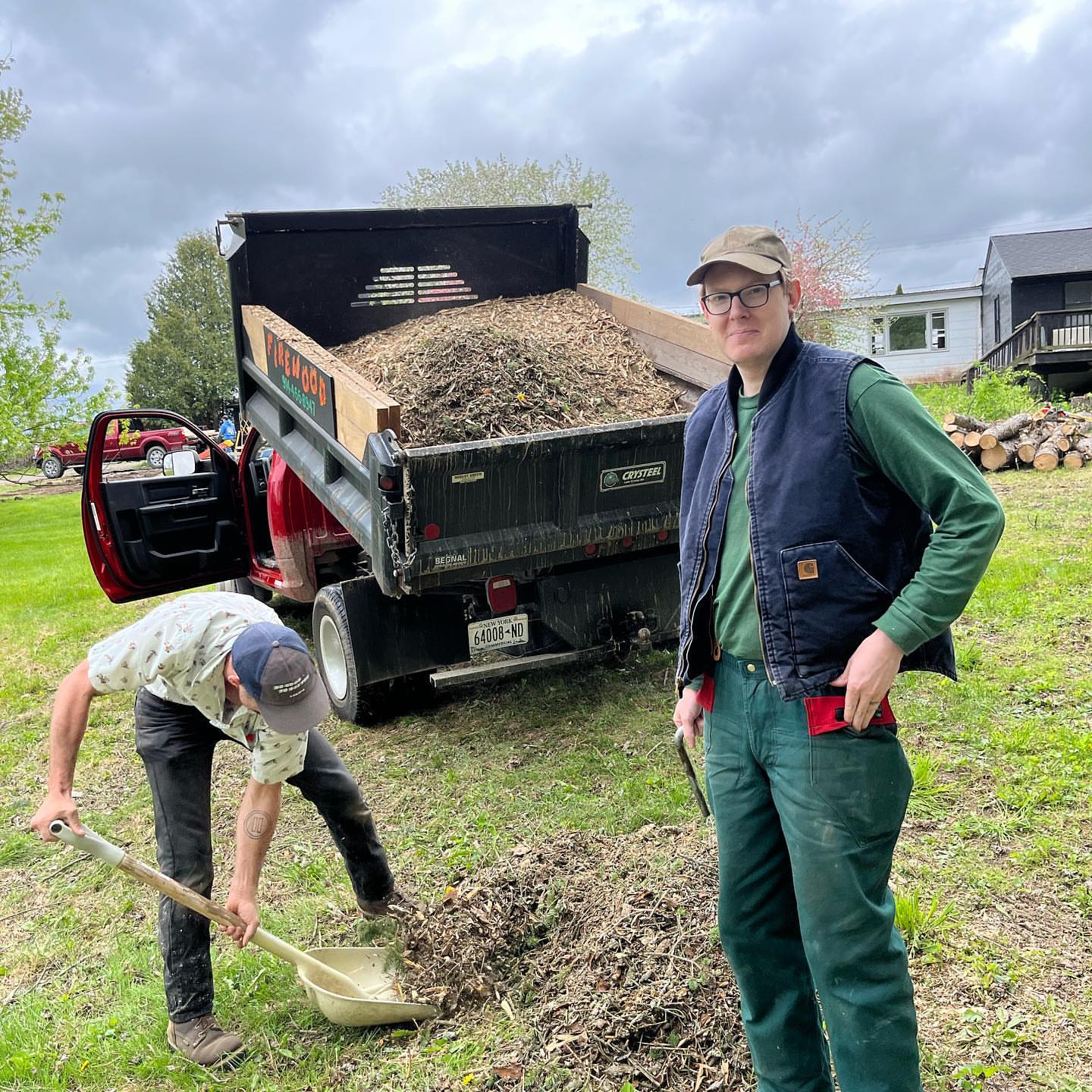
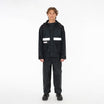
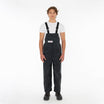
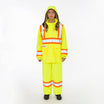
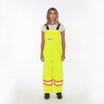
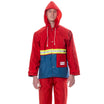
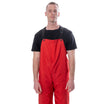
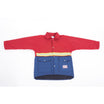
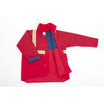
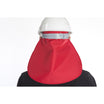

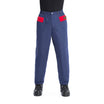
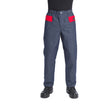
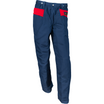
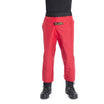
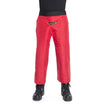
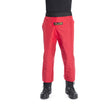
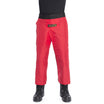
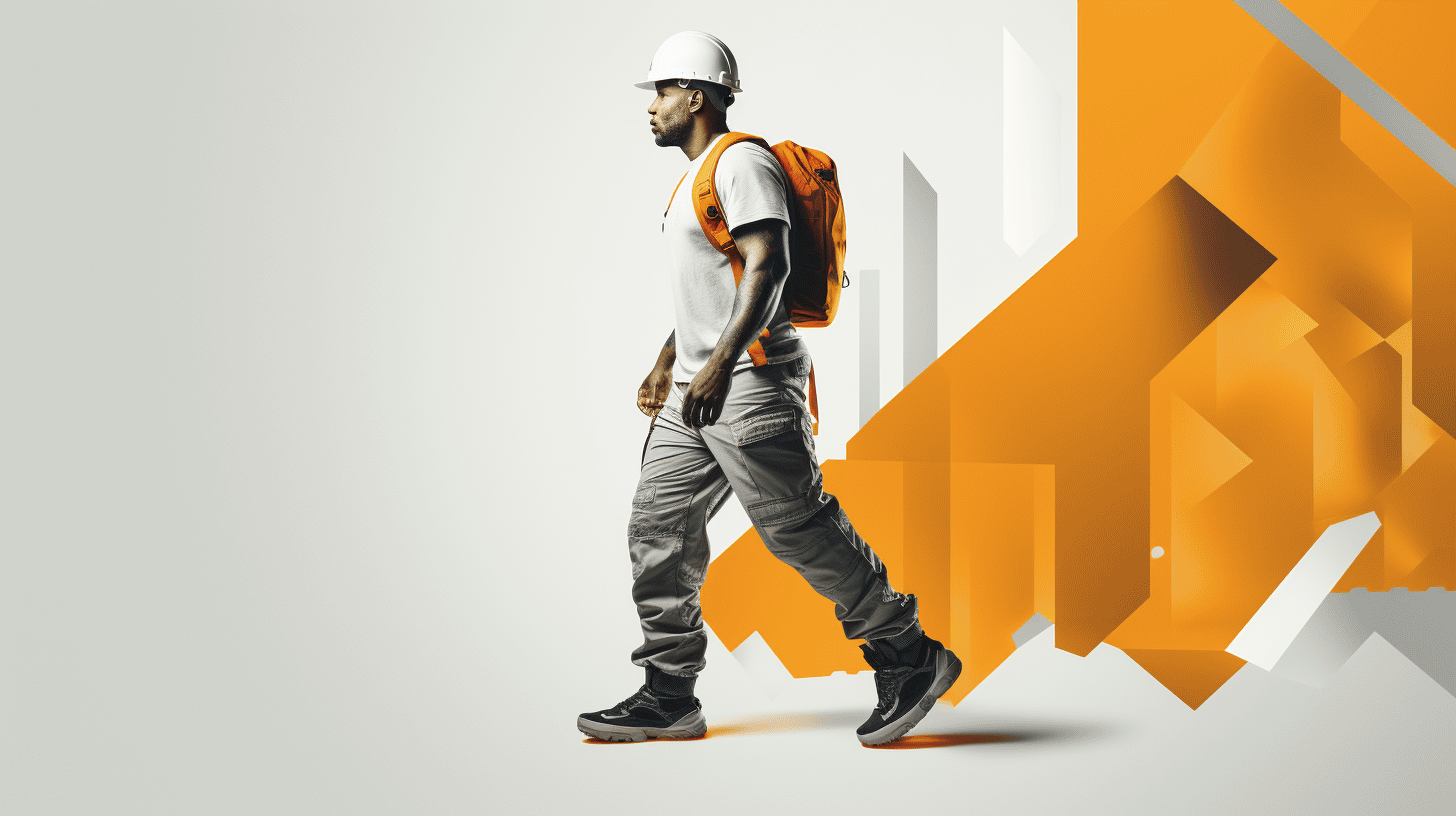
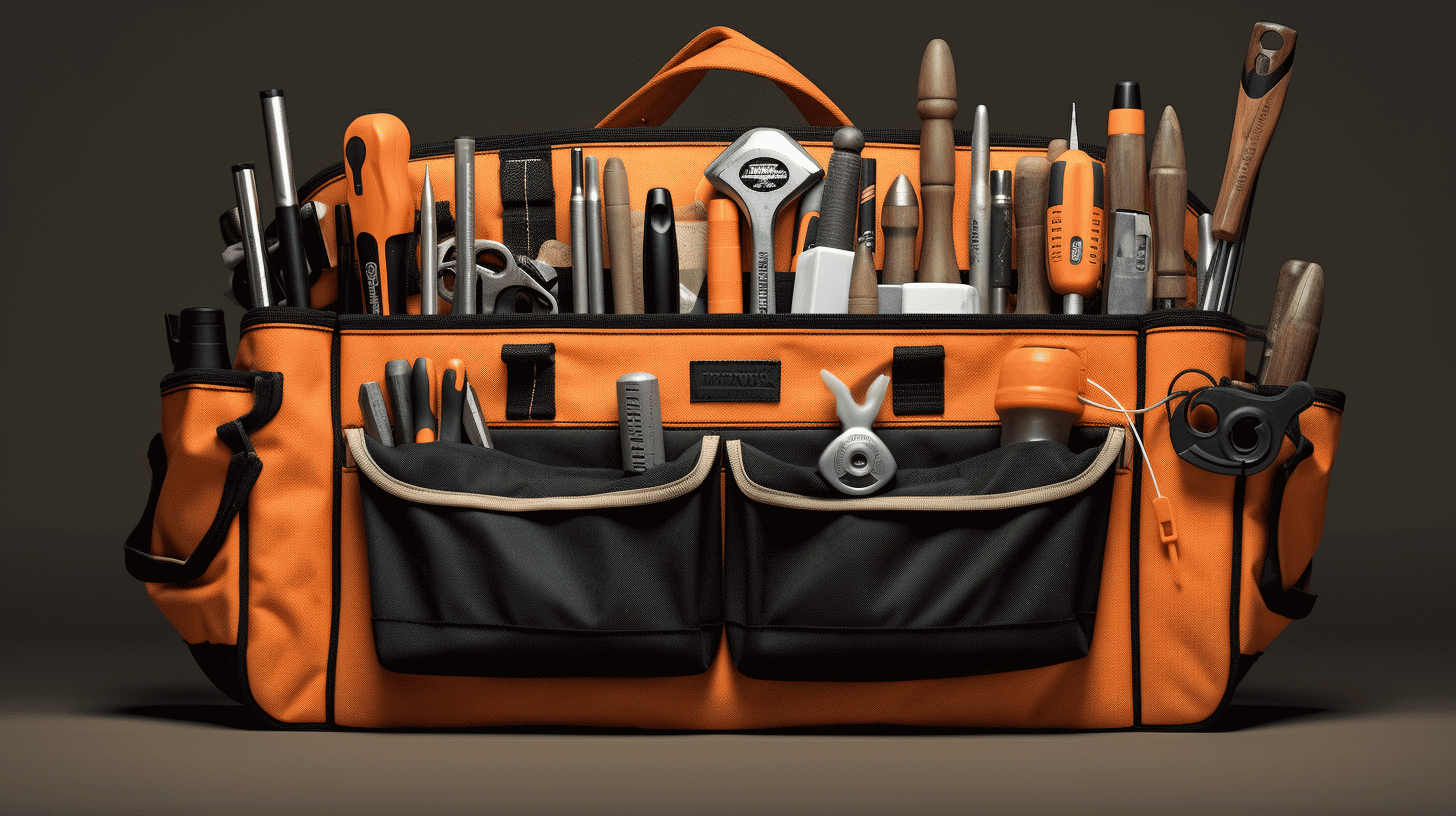
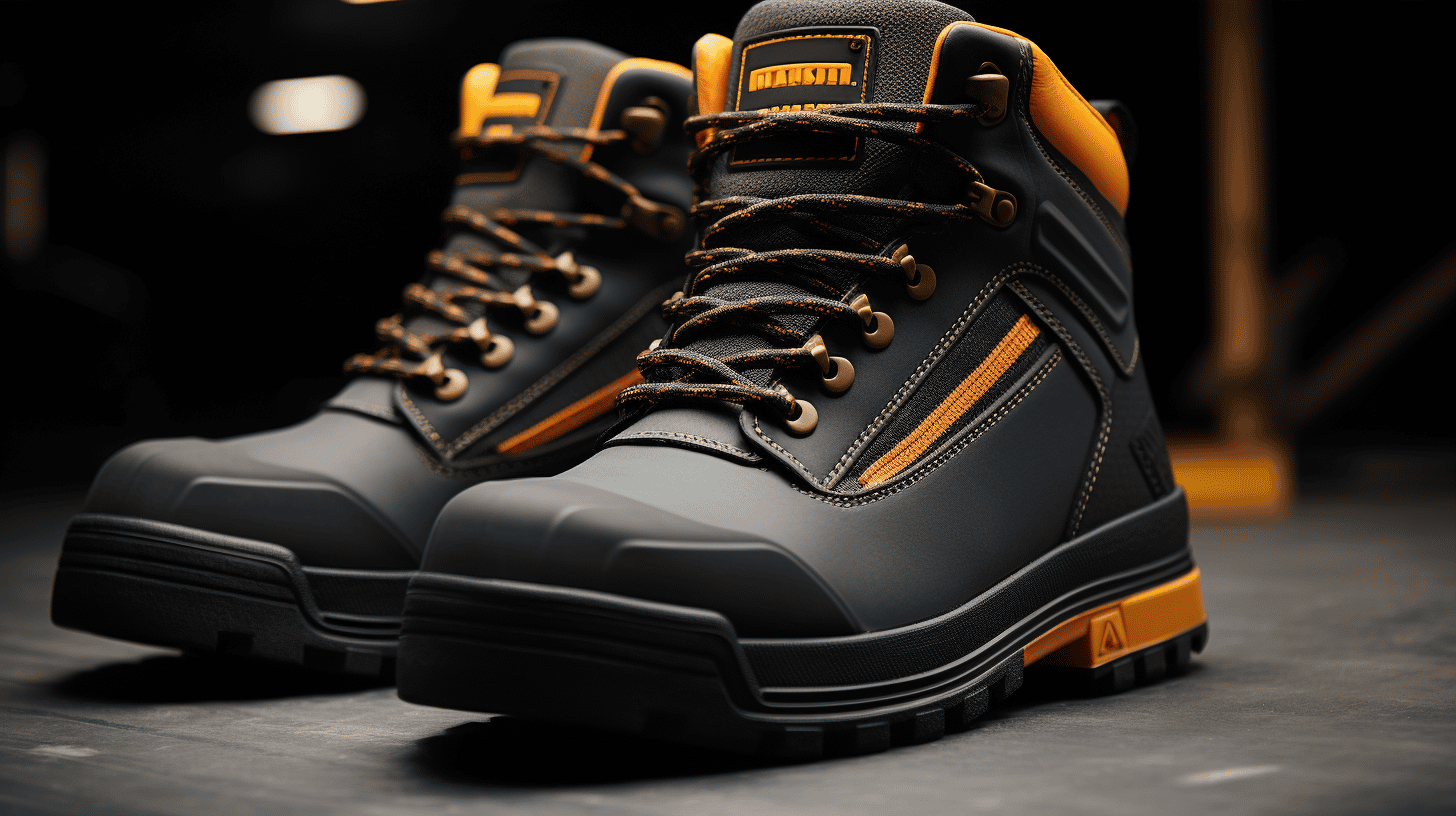
Leave a comment
This site is protected by hCaptcha and the hCaptcha Privacy Policy and Terms of Service apply.